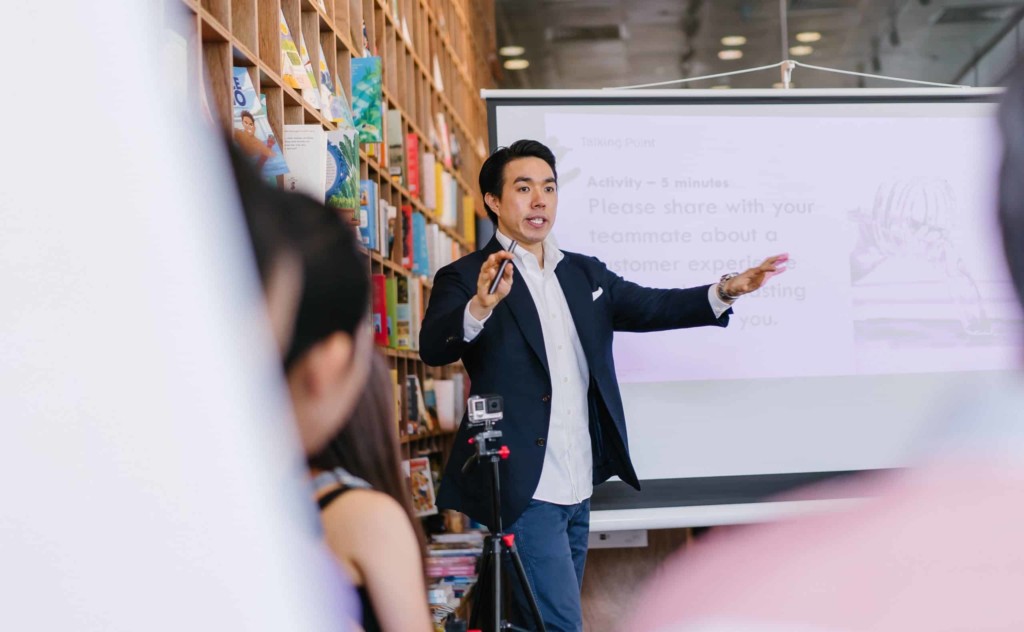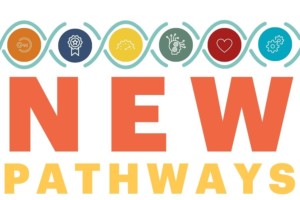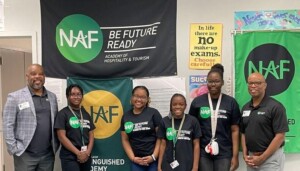The Opportunity for Personalized and Local Guidance

In the world of social media, apps, and video games, young people are used to things being personalized to their needs and interests. Guidance on the next steps in learning and postsecondary planning could be equally tailored to each learner and their context.
The primary role of advisory systems was once focused on high school graduation and, for some, college application. It now incorporates broader goals including success skills and social-emotional learning, and it invites learners into the heart of decision-making on personalized pathways and transition to a wider range of valuable postsecondary experiences.
Sustained relationships are the most important aspect of advisory systems. They can be informed by smart systems in five categories–starting early, personalized and localized pathways, adding entrepreneurship, and promoting progress–and each represents an invention opportunity for new tools and strategies.
1. Start Early. Discovering strengths and interests and possible futures should start early. Elementary career programs can start exposure to professions and career options while providing hands-on experiences and related practiced skills.
The World of Work, developed by the Cajon Valley Union School District in East San Diego County, provides 54 immersive K-8 career awareness units. With each, children are invited to reflect on their strengths, interests, and values and how they match up with possible futures.
In November, Cajon and San Diego Workforce opened Launch Pad, a middle school career awareness space designed to host guest speakers (called MeetAPro experiences) and workshops where students can engage with different careers. The Launch Pad will support student clubs, career-focused electives, and conversations with adults and career coaches.
Possible Futures is a 6-10 curriculum from JFF that allows learners to “explore STEM occupations, develop essential 21st-century skills such as collaboration and communication, and learn how to positively contribute to their communities.”
2. Personalize Postsecondary Guidance. What if learners’ next steps and postsecondary plans were informed by personalized guidance? What if sustained advisory relationships were informed by inferences drawn from a comprehensive learner profile combining insights drawn from achievement levels and growth rates, interests and motivational factors, and context variables.
What if possible learning experiences–both local and global–could be identified, curated, even co-created by learners with advisors and teachers.
What if personalized guidance systems helped every learner create a well informed postsecondary plan? These career awareness and postsecondary exploration systems should enable students to:
- Identify interests and strengths;
- Explore career areas, global goals, and impact opportunities;
- Develop and execute a comprehensive career pathway plan;
- Gain work experience through job shadows, internships, and apprenticeships;
- Explore postsecondary options and develop a plan;
- Develop a postsecondary plan; and
- Apply to and gain acceptance to the postsecondary option of choice.
My Best Bets from JFF guides young adults to positive choices in postsecondary education and training pathways that lead to high-demand and high-growth careers.
YouScience helps youth uncover what they like and what they do well. They connect natural talent, skills, and knowledge with in-demand education pathways and careers.
3. Localize Guidance. What if guidance was specific to zip code opportunities for employment, entrepreneurial opportunities, and impact? What if an advisory system built social capital by introducing learners to mentors, community-connected projects, work-based learning opportunities?
ImBlaze from Big Picture Learning is a good start. It helps learners find, select and manage local work-based learning experiences. Learners receive mentor feedback and can share endorsements on LinkedIn.
MyNextMove from San Diego Workforce Partnership provides personalized and localized guidance. Job seekers access local job openings, coaching, work experiences, and training programs. The system gets smarter over time about the learner’s learner interests and maps the information against updated local opportunities. They provide support from kindergarten to career and invites families to join students in visiting the career development centers where they provide childcare. This two-generational approach can be the first time parents have been invited to think about possible futures.
4. Add Entrepreneurship. Because knowing how to create a job is as important as how too get a job, every young person deserves the opportunity to develop an entrepreneurial mindset and the skills to spot an opportunity and deliver value to a community. And that starts with a structured problem-solving approach design thinking or computational thinking
One Stone (Boise), LEAD Innovation Studio (Kansas City), Design Tech High (Redwood City), Purdue Polytechnic High (Indianapolis) all teach design thinking skills in 9th grade. Grand Rapids Public Museum School starts in sixth grade. Design 39 infuses design thinking K-8.
The Design Thinking Academy at Grand Valley State uses the Innovators’ Compass, a simple but powerful tool distilled over 20 years at MIT, IDEO, and Olin College by Dr. Ela Ben-Ur who also uses the Compass in a Life Design Studio at Olin.
Several new applications help learners identify strengths, interests, and a sense of purpose:
- Living in Beta from One Stone is a semester-long wayfinding experience (which can be repeated) that invites students to explore their personal values and passions and discover their purpose. It takes inspiration from Designing Your Life by Stanford’s Burnett and Evans. The program runs on an innovative mobile social Touchstone platform.
- Thrively believes in unlocking each child’s potential by helping them realize their strengths through hands-on experiences that matter. By engaging stakeholders and curating hundreds of activities, they live out their creed of “exploration + action = passion.”
In and out of school programs that create and support entrepreneurial experiences include:
- NFTE powers entrepreneurship courses and competitions that can be used in and out of school.
- WIT (Whatever it Takes) is the only college credit social entrepreneur and leadership course in the country for high school teens. Focused on “doing WIT,” students utilize a virtual community and teen-only hackathons to take on issues that matter to them. True to WIT’s entrepreneurial spirit, all great ideas and solutions are rewarded.
- STARTedUP Foundation teaches students to have an entrepreneurial vision to see opportunities everywhere. Employing a design thinking approach, students are taught to use their innovative mindset to spur solutions while instilling a sense of urgency to act.
- INCubatoredu has a simple premise: Instead of having a regular business class, teach students how to start and operate a business. A subsidiary of Uncharted Learning, students partner with coaches and mentors for personalized entrepreneurial development.
5. Promote Progress. Secondary and postsecondary advisory systems should monitor academic and social development and provide early warning systems that guide quick and effective automated reminders and human interventions.
Georgia State uses a system of predictive analytics and a system of more than 800 alerts to track
undergraduate progress, identify at-risk behaviors, and guide adviser response to alerts to get students back on track and boost graduation rates. Brightbytes helps school districts build similar early warning systems.
Along with resources, links, and support for students to apply for college/career pathways, Dallas County Promise offers a FAFSA Tracker that is interactive and supports completion by nudging pledged applicants on the next steps for their college application process.
Dallas County Promise works with Greenlight Credentials which allows students to manage their records and build lifelong stackable academic transcript (discussed in this post on credentialing).
Greenlight also provides health providers with the means to efficiently and effectively diagnose and manage depression and improve care for patients through screening and integrated care. This sort of wellness monitoring could be added to school tiered support systems
The best advisory systems today cobble together several tools and rely on heroic effort of advisors, counselors, and partnership coordinators. There is a big opportunity to create tools that complement advisor efforts to help learners better understand themselves, spot and try out possible futures, make informed decisions about what’s next, and persist through challenges.
For more see:
- 15 Invention Opportunities in Learning and Development
- Guidance Gap: The Biggest Challenge We Face and How to Close It
- The Role of Advisory in Personalizing the Secondary Experience
Stay in-the-know with innovations in learning by signing up for the weekly Smart Update.
Stay in-the-know with innovations in learning by signing up for the weekly Smart Update. This post includes mentions of a Getting Smart partner. For a full list of partners, affiliate organizations and all other disclosures, please see our Partner page.





0 Comments
Leave a Comment
Your email address will not be published. All fields are required.